The first impression a customer makes when they walk into a restaurant can set the tone for their entire dining experience. Waiters often rely on certain cues to gauge how the interaction will unfold, especially when it comes to tipping. Here are 12 things waiters notice in the first 10 seconds that can predict exactly how a customer will tip.
1. Eye Contact
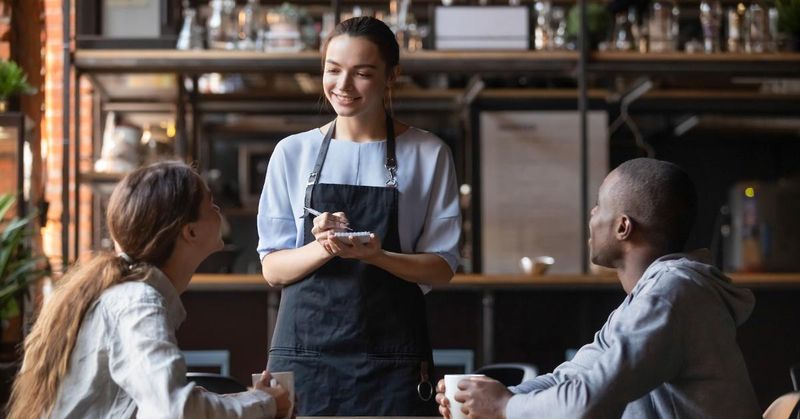
A warm gaze can speak volumes. When customers look waiters in the eye, it often signals respect and attentiveness. This small gesture can make waiters feel valued and appreciated, setting a positive tone for the entire dining experience. It also suggests that the diners are likely to be generous with their tips.
Conversely, customers who avoid eye contact may seem aloof or uninterested, potentially hinting at a less favorable tipping outcome. For waiters, those initial moments of eye contact help shape expectations and behavior throughout the meal.
It’s more than just a look; it’s an unspoken connection.
2. Dress and Presentation
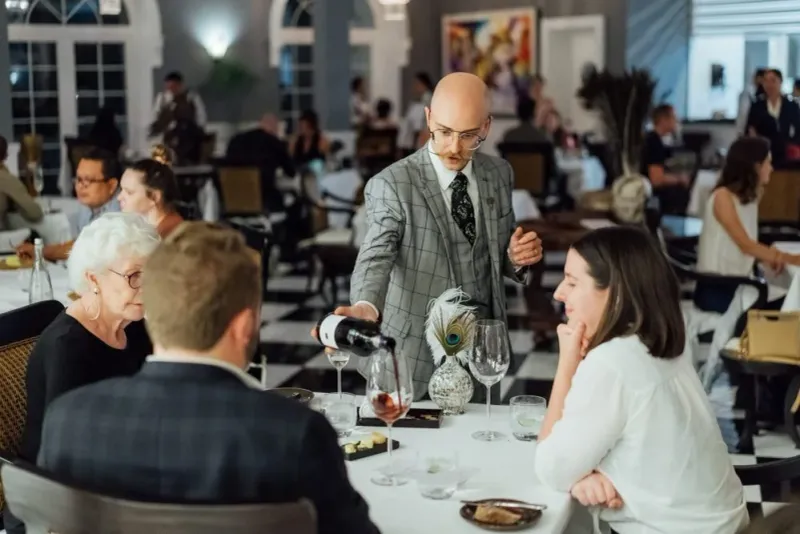
How customers present themselves can be a telling sign of how they view their dining experience. Those who arrive well-dressed may be seen as taking pride in the occasion and, in turn, might appreciate and reward good service more generously.
On the other hand, diners who appear disheveled or overly casual might be perceived as less invested in the dining experience. Waiters often use these visual cues to gauge a customer’s expectations and willingness to tip.
Attire not only reflects personal style but also hints at the dining etiquette they might follow.
3. Body Language
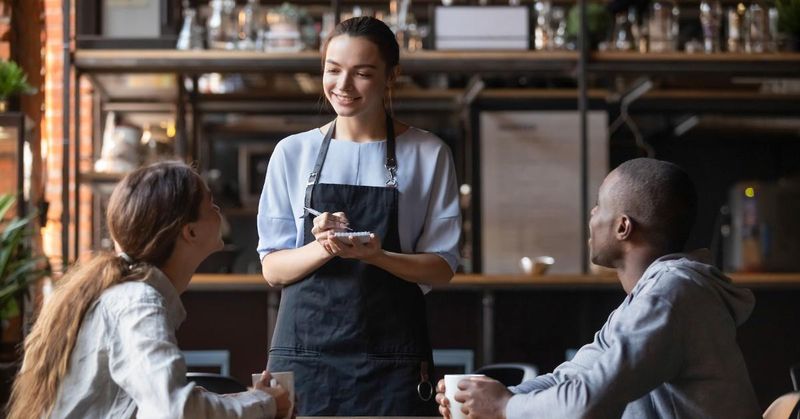
Open and relaxed body language can indicate a friendly and approachable demeanor, setting a positive expectation for waiters. Customers who enter with a smile and open arms often signal a pleasant interaction, possibly leading to a generous gratuity.
In contrast, crossed arms or a tense posture might suggest discomfort or reluctance to engage, which could translate to a more reserved tipping practice.
By reading these non-verbal cues, waiters can tailor their approach to match the customer’s mood and enhance their dining experience.
4. Timeliness
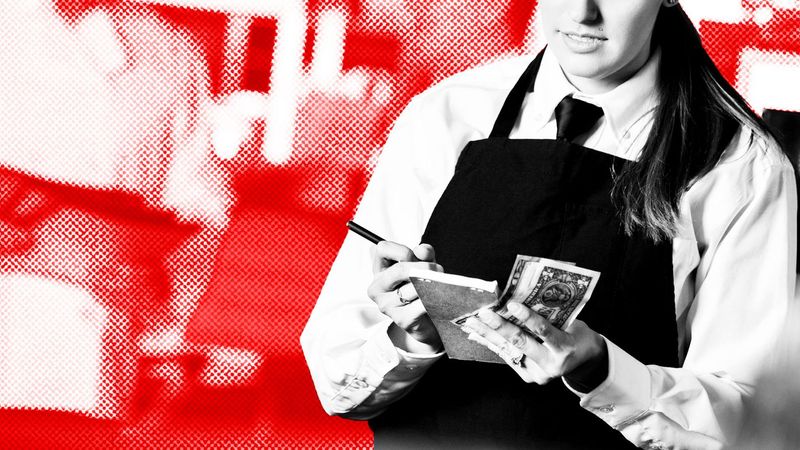
Arriving on time can convey respect for the restaurant’s schedule and staff. Punctual customers often demonstrate reliability and consideration, traits that usually align with fair tipping practices.
Late arrivals might indicate a lack of regard for others’ time, which could reflect a similar attitude toward tipping. Waiters might anticipate different tipping behaviors based on a customer’s respect for time.
Timeliness not only affects the flow of service but also provides insight into how much a customer values the dining experience and those who facilitate it.
5. Politeness and Greetings

A cheerful greeting can set the stage for a pleasant dining experience. Customers who engage in polite and friendly exchanges with waiters often show appreciation and respect, suggesting a likelihood of generous tipping.
On the flip side, those who neglect basic courtesy might be perceived as indifferent, potentially impacting their tipping behavior. For waiters, these early interactions are crucial in establishing rapport and predicting customer generosity.
Politeness is more than manners; it’s an indicator of how they value the people serving them.
6. Group Dynamics
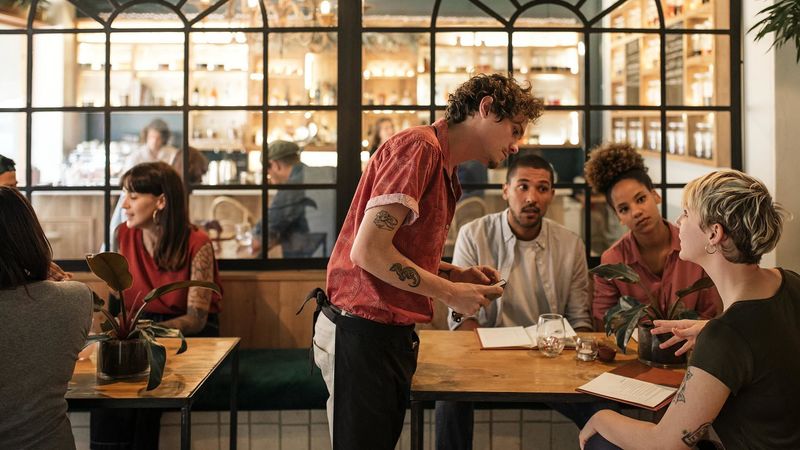
The way a group interacts can offer clues about their tipping behavior. Groups that exhibit harmony and camaraderie are often seen as more likely to tip generously, as they enjoy sharing and reciprocating positive experiences.
Conversely, groups displaying tension or discord might be less inclined to leave a substantial tip, reflecting their unsettled mood. Waiters observe these dynamics to tailor their service, aiming to enhance the group’s overall experience.
A harmonious group can create an atmosphere of goodwill, which often extends to their appreciation for service.
7. Level of Engagement

Customers who show interest and engage with waiters demonstrate a level of respect and curiosity that often correlates with generous tipping. Their willingness to ask questions and seek recommendations can indicate a desire for a meaningful dining experience.
In contrast, diners who remain distant or disinterested might be perceived as less appreciative, potentially leading to a modest gratuity. For waiters, fostering engagement can make a significant difference in the interaction.
Engagement is not just about conversation; it’s about building a connection that enhances the dining journey.
8. Seating Preference
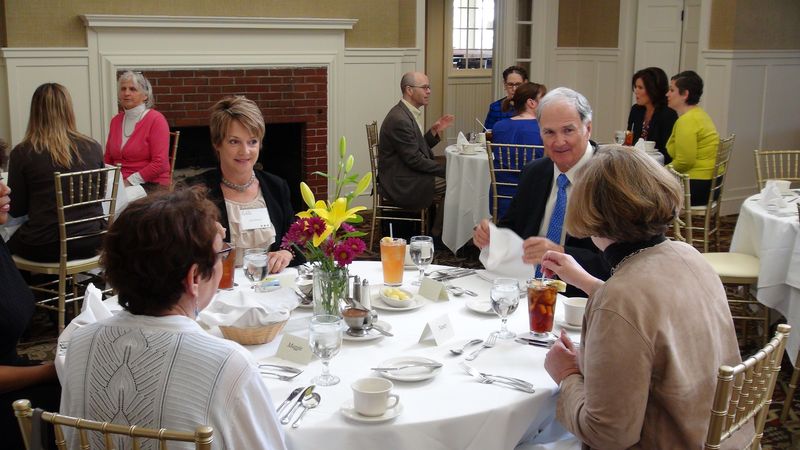
Where customers choose to sit can reflect their dining intentions and, indirectly, their tipping habits. Those who opt for comfortable, intimate settings may value the dining experience more and are likely to reward good service.
Conversely, diners who choose spots closer to exits or with less desirable views might prioritize convenience over experience, which could be mirrored in their tipping.
Waiters often notice these preferences to better understand a customer’s mindset and tailor their service to enhance satisfaction.
9. Tone of Voice
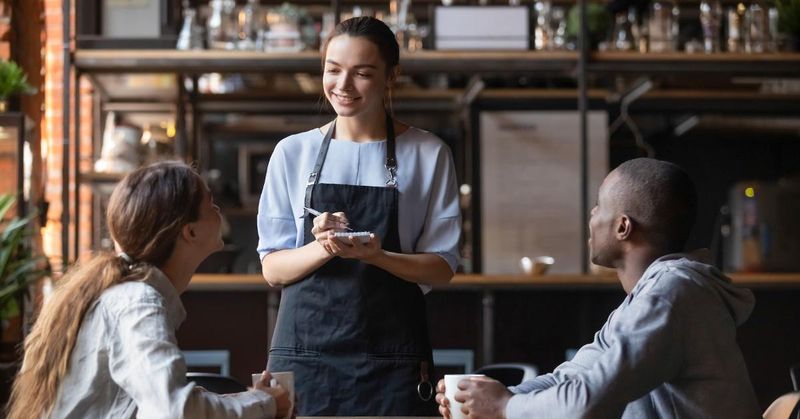
The tone in which customers speak can offer insights into their mood and potential generosity. A warm and friendly tone often signals openness and satisfaction, likely resulting in a generous tip.
Conversely, a curt or harsh tone might indicate dissatisfaction or impatience, potentially leading to a lower gratuity. Waiters use these vocal cues to adjust their approach and improve the customer’s experience.
Tone of voice is a powerful tool in communication and can greatly influence the dining interaction and its outcomes.
10. Familiarity with Staff
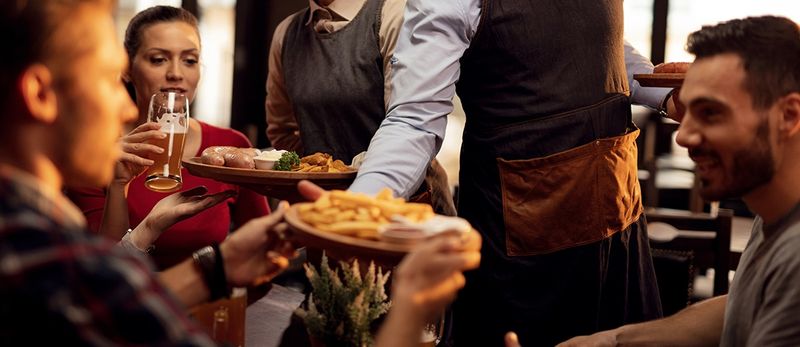
Regular customers who are familiar with the staff often feel a sense of connection and loyalty, which can translate into generous tipping. Their established relationship with the waiters fosters a mutual appreciation and respect.
Newcomers, however, may not yet have built that rapport and might be more conservative with their tips. Waiters often recognize familiar faces and adjust their service to maintain that valued relationship.
Familiarity with staff is not just about recognition; it’s about trust and appreciation built over time.
11. Handling of Personal Belongings

How customers handle their personal items upon entering can offer subtle hints about their personality and potential tipping behavior. Those who take care in placing their belongings neatly often exhibit traits of consideration and attentiveness, signaling possible generosity.
Conversely, customers who are careless with their belongings may appear indifferent or rushed, possibly reflecting a more frugal approach to tipping.
Waiters observe these actions to better understand and cater to the customer’s preferences, enhancing their overall dining experience.
12. Initial Requests and Demands
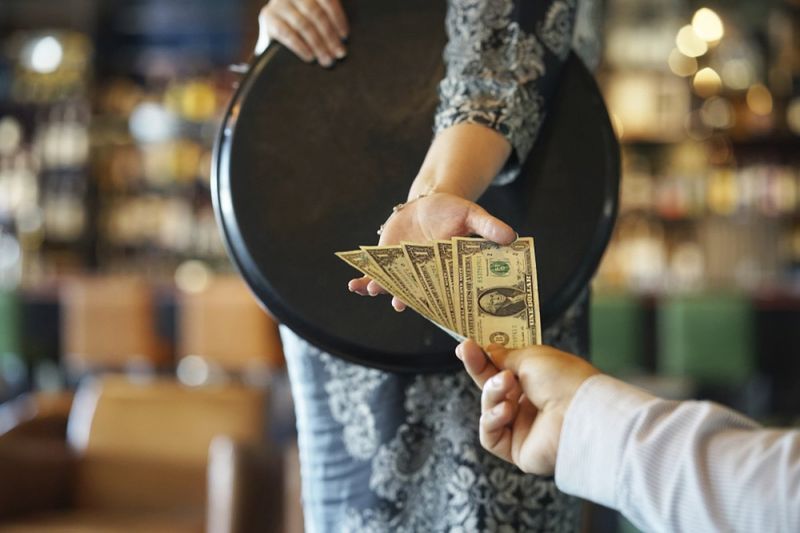
The nature of a customer’s initial requests can reveal their expectations and attitude towards service. Polite and reasonable requests often indicate appreciation for the waiter’s effort, suggesting a likelihood of generous tipping.
Demanding or unreasonable requests, however, might hint at a lack of respect, potentially correlating with lower gratuity. Waiters use these early interactions to gauge customer satisfaction and tailor their service accordingly.
Initial requests set the tone for the meal, providing valuable insights into the customer’s demeanor and tipping propensity.

